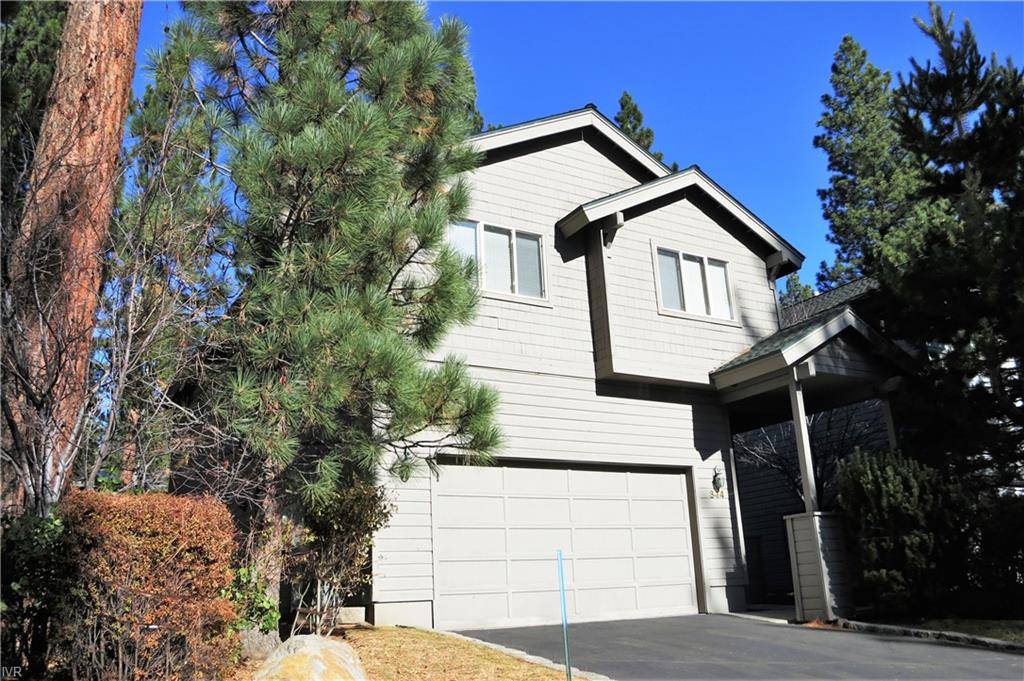
Many homeowners all across the country have no idea that they may have dangerous levels of radon gas accumulating in their home. What is worse is that unless you specifically test for it, you have no way of knowing how much is present in your house. So what is there to do? Fortunately, we can shed some light on the subject.
Let’s begin with the obvious question; what is radon anyway? Radon is a naturally occurring radioactive gas that is found in all 50 states. Radon is formed when the uranium in the soil, rocks and water breaks down over time and is released as a gas. Once produced, radon seeps through the ground into the air and can often accumulate in basements, crawl spaces, and other low lying areas of the home.
The real danger is that radon is colorless, odorless, tasteless, and chemically inert. Most homeowners wouldn’t even think to check for it until their Realtor advises them to do so when they decide to list their home for sale. Radon poses a serious health risk and is the leading cause of lung cancer in non-smokers and the second leading cause of lung cancer for the general population. Due to this, the EPA recommends that all houses be tested for Radon at the point of sale. A reading of 4pCI/L or more is considered dangerous and requires some form of mitigation.
So what do you do as a homeowner to deal with the risk of radon exposure? The first step is to buy a testing kit. You can find them online here. Most kits require you leave them in a low lying area of your home for 2-4 days. You then send the kit (materials and lab fees are usually included) to a lab for testing. The results often arrive in a few days. Once you have your results, you can then assess if mitigation is necessary. If radon levels are high, you should contact a licensed contractor to install a mitigation system. At the point of sale, buyers will often negotiate with the seller to cover the costs of these systems.
Fortunately, the costs of radon mitigation systems are usually not more expensive than typical home repairs so resolving this issue shouldn’t break the bank. We highly recommend testing for radon frequently and not just when your home sells. You never know the danger unless you test for it!
For more information, visit our office or check out these official sources:
- EPA Radon Site: epa.gov/radon
- EPA Regional Offices: epa.gov/iaq/whereyoulive
- Radon Guide: epa.gov/radon/consumers-guide-radon-reduction-how-fix-your-home







